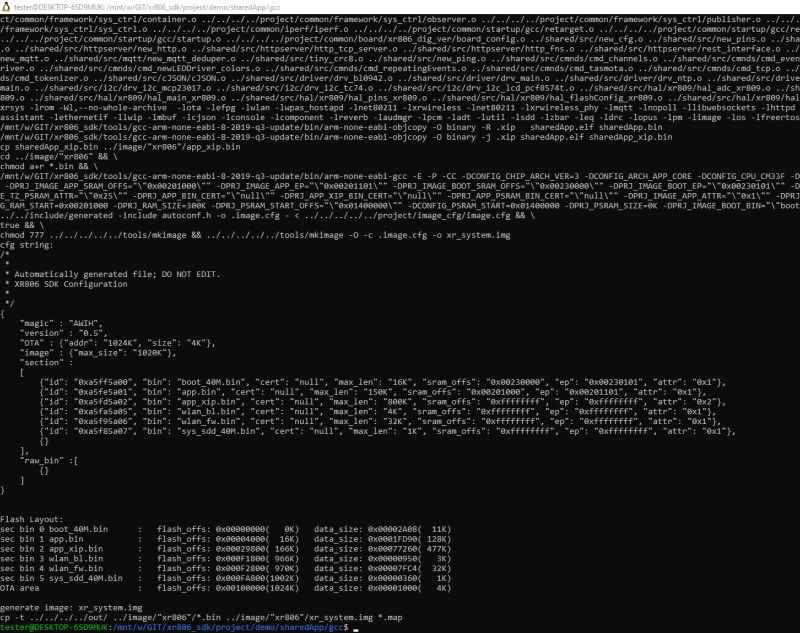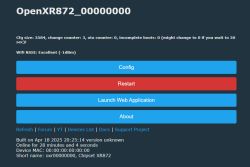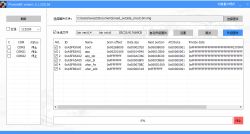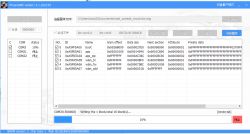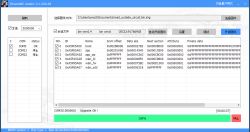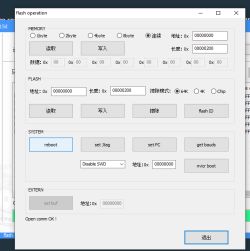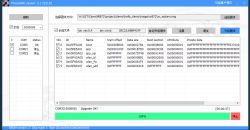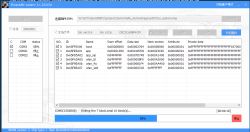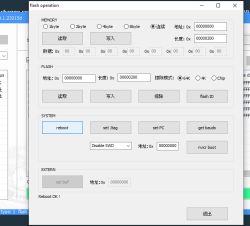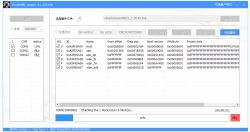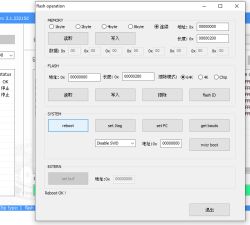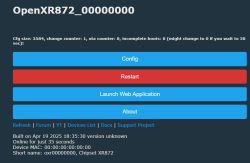

Czy wolisz polską wersję strony elektroda?
Nie, dziękuję Przekieruj mnie tam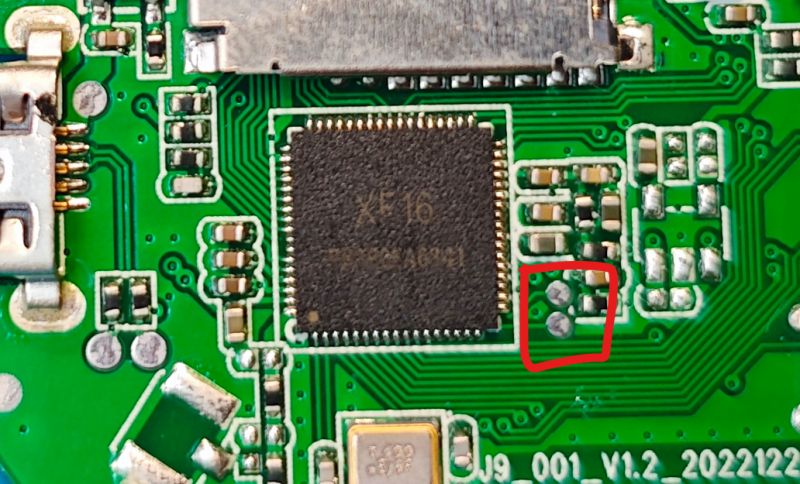


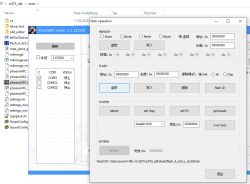

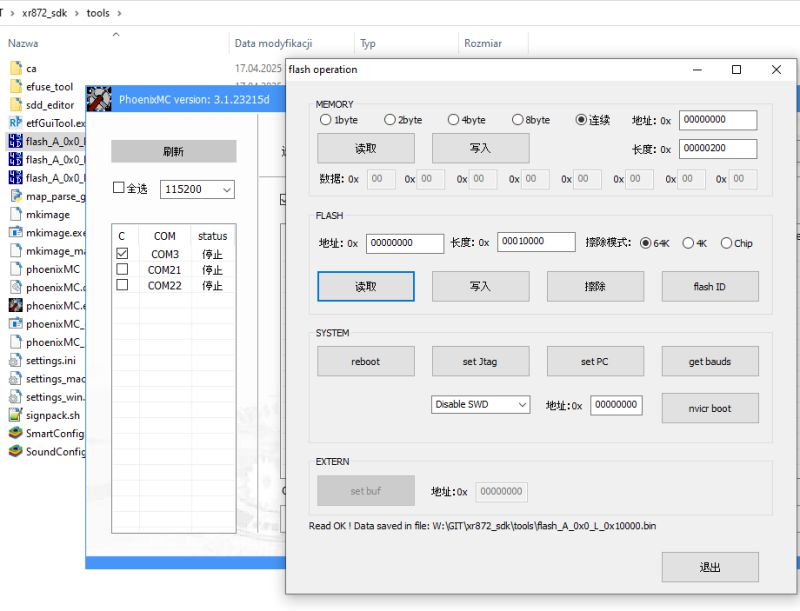

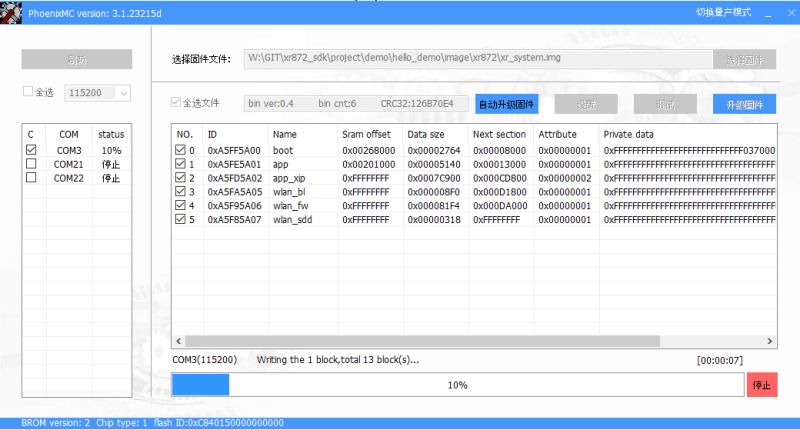
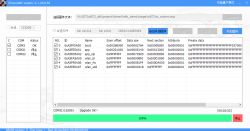
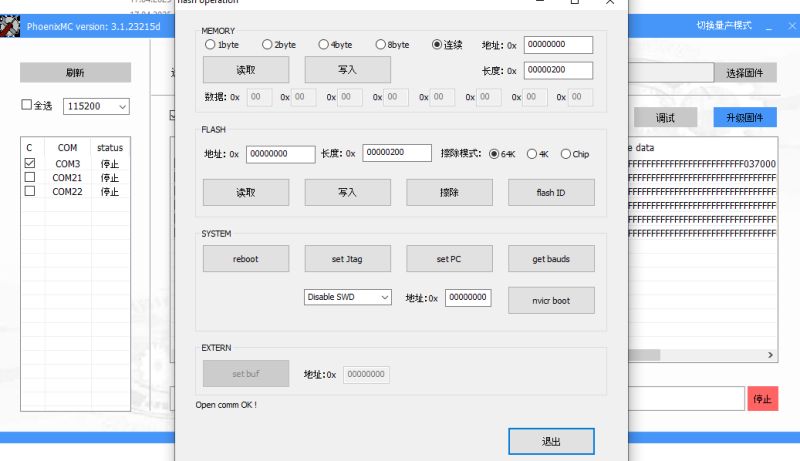
platform information ===============================================
XRADIO Skylark SDK 1.2.2 Apr 17 2025 14:29:49
sram heap space [0x21545c, 0x26dc00), total size 362404 Bytes
cpu clock 240000000 Hz
HF clock 40000000 Hz
sdk option:
XIP : enable
INT LF OSC : enable
mac address:
efuse : 18:9e:2d:81:89:ce
in use : 38:0a:8d:47:2b:71
====================================================================
Hello world! @ 10131 sec
Hello world! @ 20131 sec
Hello world! @ 30131 sec
Hello world! @ 40131 sec
Hello world! @ 50131 sec
Hello world! @ 60131 sec

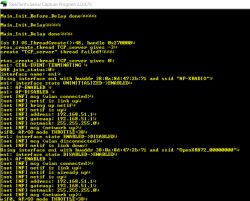
err = OS_ThreadCreate(thread,
name,
function,
arg,
new_priority,
stack_size);
typedef enum {
OS_OK = 0, /* success */
OS_FAIL = -1, /* general failure */
OS_E_NOMEM = -2, /* out of memory */
OS_E_PARAM = -3, /* invalid parameter */
OS_E_TIMEOUT = -4, /* operation timeout */
OS_E_ISR = -5, /* not allowed in ISR context */
} OS_Status;
ifeq ($(__CONFIG_OS_FREERTOS), y)
# - 80203: FreeRTOS 8.2.3
# - 100201: FreeRTOS 10.2.1
__CONFIG_OS_FREERTOS_VER ?= 100201
endif
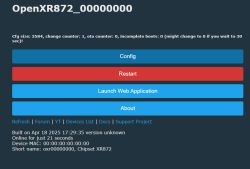
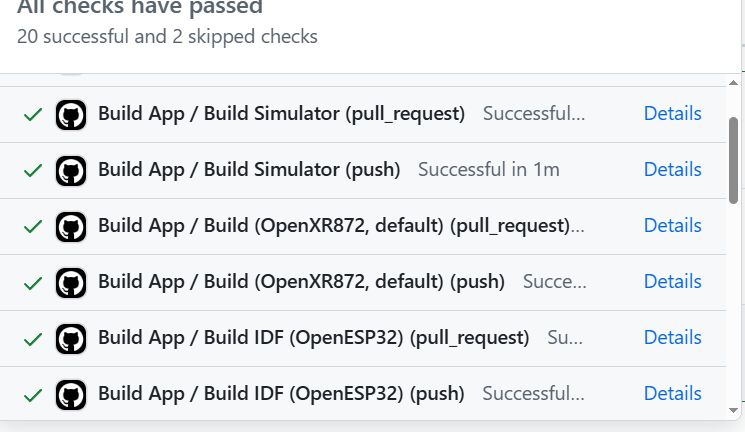
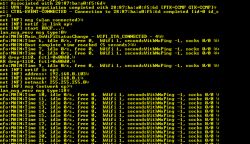
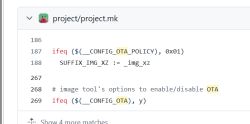
> localconfig.mk:
> * __CONFIG_XIP:可选项,配置是否开启XIP功能
> * __CONFIG_OTA:可选项,配置是否开启OTA功能
p.kaczmarek2 wrote:but how will OTA fit into 1MB
divadiow wrote:
Does what you're discovering also make XR806 easier whenever that can be attacked again?


